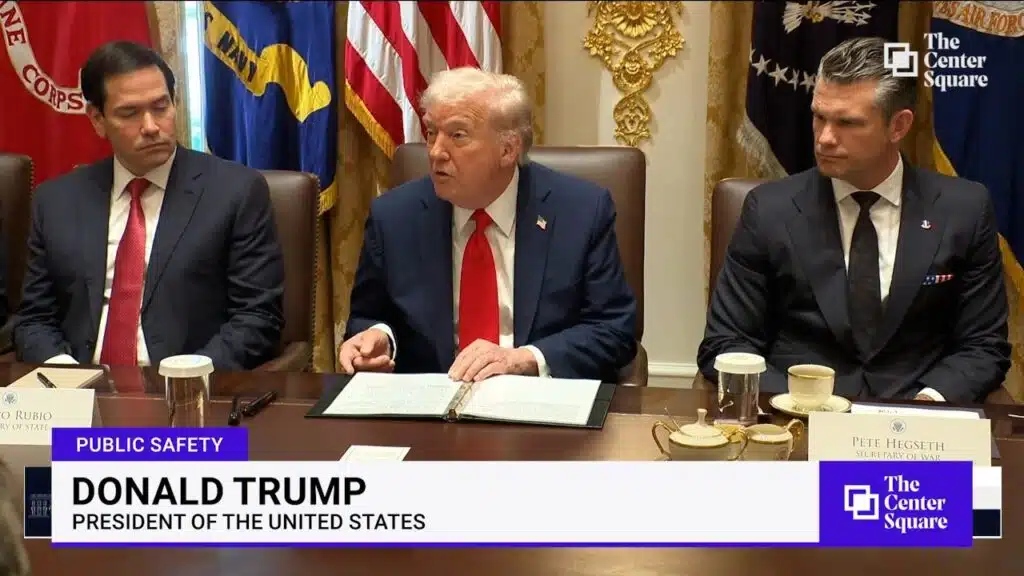
Stop Ignoring Facts and Fix Health Care for Minorities and the Poor
Medicaid, the government’s ever-expanding single-payer insurance for low-income Americans, has ballooned by almost 24 million beneficiaries since the onset of the 2020 pandemic. Even though the COVID emergency has officially ended, many elected officials call for further expansion. At what point should we finally heed the advice of Milton Friedman, who observed, “One of the great mistakes is to judge policies and programs by their intentions rather than their results.” Instead of blindly continuing and expanding it, shouldn’t we consider the actual access to care and results under Medicaid?
The SARS2 COVID pandemic re-demonstrated a long-known fact – socioeconomic differences correlate to health outcomes. Broad indicators impacted by dozens of factors outside of health care, like life expectancy and infant mortality, are also significantly worse for certain minorities in the United States. Infant mortality rates have been improving in the U.S. since 1995, with the lowest in history for all races recorded in 2020, but infant mortality rate by race of the mother for blacks (10.38) remains double to triple that of infants born to whites (4.4), Hispanics (4.69), or Asians (3.14). Similarly, Hispanic Americans and whites have a life expectancy six years longer than blacks, not counting data since the pandemic.
That difference in health outcomes has been put forth as a key reason to expand single-payer health insurance in the United States. An inexplicably ignored logical flaw in that argument is that those very same health disparities for minorities are seen in the countries with the longest history of single-payer healthcare systems. For instance, in the government-run system of Canada, Inuit and First Nation infant mortality was two to four times that of non-indigenous Canadians and Quebecois. The same goes for the United Kingdom, where black Caribbean and black African infant mortality rates are double those of whites.
The goal should be to increase access to high-quality health care and improve health, not simply to label people as “insured.” But Medicaid patients fare worse than patients using private insurance in study after study – even after standardizing for medical differences among patients. Those bad outcomes include more frequent complications and more deaths in treated cancers, heart procedures, transplants, and major surgeries. A 2013 Oregon randomized study’s most striking conclusion was that Medicaid fails to improve physical health beyond no insurance at all.
Another truth hidden from the public is that a large fraction of doctors already doesn’t accept Medicaid – the average rate of Medicaid acceptance is only 54.1% in the surveyed 15 metropolitan areas. Worse, 51% of those doctors with contractual agreements to accept it, in practice do not. This is especially true of family practice doctors, pediatricians, and psychiatrists, all of whom accept Medicaid patients at far lower rates than they accept private insurance patients. While private insurance pays over 140% of the cost of care, Medicaid pays below the cost of administering the care. Unbeknownst to beneficiaries, that significant underpayment – below the cost of administering those services – limits their access to doctors, treatments, medications, and technology; hence, worse outcomes from disease than private insurance, even for the most serious life-threatening illnesses like cancer and heart disease.
The poor quality of Medicaid, now covering more than 88 million people at a cost of over $650 billion per year, falls squarely on the shoulders of minorities. In contrast with the nation’s demographics of the 250 million adults in the US – 62% are white, 12% are black, and 17% are Hispanic – Medicaid users are heavily skewed to minorities: 21% are black, 40% are white, and 25% are Hispanic. Medicaid covers almost 30 million of America’s children; most black kids (57%) and most Latino kids (55%) depend on Medicaid, whereas only 33% of white kids use it. I thought we were a country that prioritized poor and underprivileged families.
Instead of shunting poor Americans into a parallel, second-class system with worse health outcomes and far less access to care, let’s change Medicaid to a bridge to private insurance. Analogous to expanding school choice for everyone, that would mean adding the same choices of health care, with its superior access and higher quality outcomes, for the poor as for the rich. Let’s provide private insurance options for all Medicaid enrollees – just like members of Congress are offered. That should include coverage not bloated by expensive mandates for everything from acupuncture to marriage counseling to wigs to in vitro fertilization; establishing and seeding health savings accounts (HSAs); and providing new incentives for lower-income families to consider quality and price and to seek good health through wellness programs and healthy behavior. These reforms, including fixed federal grants to states, would also change the purpose and culture of Medicaid bureaucrats from running government-administered plans to finding private, high-value coverage for beneficiaries. And let’s be clear: It is worse than arrogant – some might even say racist – to claim that Medicaid beneficiaries are not as capable as congressmen and other elites to seek out good health care for their own families.
Ignoring facts does not change reality. The Office of the Actuary of the Centers for Medicare and Medicaid Services (CMS) calculated that most hospitals, skilled nursing facilities, and in-home healthcare providers already lose money per Medicare patient, and Medicaid pays even less. By 2040, approximately half of hospitals, two-thirds of skilled nursing facilities, and over 80% of home health agencies will be operating at a loss, even without any change toward single-payer, due to the influx into Medicare of the aging population. That did not include the massive expansion of Medicaid over the past three years. Owing to the underpayment, future access to care for those dependent on Medicaid is already at risk and will worsen if government insurance expanded further.
We cannot continue to allow government elites to pretend to care about the disadvantaged, yet repeatedly harm low-income families and minorities with their policies. Let’s never forget that during COVID’s most dangerous time, low-wage earners were deemed “essential workers” and delivered food, staffed pharmacies and grocery stores, cleaned nursing homes and hospitals, drove public transportation – all to serve the affluent who worked from home. Low-wage earners were required to assume exposure to the deadliest form of the virus, in advance of any vaccine. In shutting down the economy, “low-wage workers experienced much larger, more persistent job losses” as shown by Harvard’s Raj Chetty. Over the next 20 years, the unemployment “shock” alone will cause 1.2 million extra American deaths – from the lockdowns, not the virus – disproportionately affecting African Americans and women.
The time is long overdue for a fundamental overhaul of Medicaid, a program that isolates poor Americans from the excellence of U.S. medical care and forces them to uniquely suffer the brunt of single-payer care. Moreover, it is illogical and morally indefensible to expand a program that is already not accepted by most doctors, has worse outcomes than the alternative of private insurance, costs hundreds of billions of dollars per year, and is frankly coverage that none of the members of Congress who expanded it would accept as coverage for their own families.
This article was originally published by RealClearPolitics and made available via RealClearWire.


